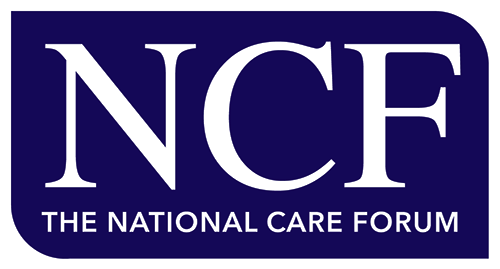The NHS struggled to recover the number of planned hospital admissions to pre-pandemic levels while the number carried out by the private sector proportionally has grown, according to new analysis.
In the latest available data covering the year up to March 2022, the volume of care delivered by the private sector had reached 1.3m, an increase of 5% since before the pandemic. But while NHS delivered elective care had rebounded since the start of the pandemic to 8.7m, it still saw a decline of 11% since 2019/20.
The analysis from the Nuffield Trust think tank looks at the volume of planned inpatient care carried out by the NHS and private providers and how it was funded, from the period April 2019 to March 2022, covering the pandemic period.
In the year prior to the pandemic (2019/20), 9.8m procedures were carried out by the NHS compared to 1.2m in the private sector, a total of 11m elective procedures. As the pandemic hit, in the year 2020/21, overall, this total number fell to 7.45m procedures, with NHS activity falling to 6.6m and private sector to 800,000.
Planned inpatient care fell across both the NHS and private sectors in the first year of the pandemic. Although there was a rebound in the number of elective procedures being carried out by the NHS and the private sector during 2021/22, total activity reached only 10m, which was still 9% lower than the year before the pandemic.
The slower recovery of planned work by the NHS illustrates the difficulties the health service initially faced to catch up on elective work as it continued to deal with the lasting impacts of Covid-19, ward reconfigurations and staff sickness.
The analysis, How much planned care in England is delivered and funded privately?, also finds differences between regions and in the types of procedures being carried out by the NHS and the private sector. It finds:
- People living in London and the south east are more likely to pay for private care. London and the south have a higher proportion of privately funded and provided activity than northern England in the year up to March 2022. Privately funded and provided care accounted for 10.5% of planned inpatient hospital stays in London, and 10.1% in the south east.
- Conversely only between 2.5% and 4% of planned procedures were paid for and provided privately in the north east, north west and Yorkshire regions, with over 95% of elective admissions in these regions being funded by the NHS.
- Around half of the total hip and knee replacements (51%) and cataract procedures (46%) were provided privately.
NHS-funded and provided activity still accounted for the vast majority (86%) of all elective inpatient care in 2021/22. Privately provided care only accounts for a substantial proportion of activity for procedures where the private sector already has a stronghold such as cataracts and joint replacement, for which the NHS has outsourced care over a long period.
Nuffield Trust Acting Director of Research Dr Sarah Scobie said:
“While it is true that as the worst impacts of Covid-19 receded, the private sector was able to recover, and indeed increase, capacity more quickly than the NHS, NHS-funded and provided activity still accounted for vast majority of care as we came out of the pandemic. We need to be careful not to overstate the role of the private sector – either as a threat to the NHS or a solution to long and growing waiting lists.
“The NHS has struggled to recover planned activity quickly as it is dealing with several challenges at once – including separating planned care from Covid services, staff sickness, and the surges in demand for urgent care as Covid and other infections circulated. The job for the private sector is easier, because of the narrower range of services offered, and because services are concentrated in wealthier areas where patients have fewer underlying health problems.
“We can see that the role of the private sector is more limited outside of London and south east of England, and for treatments which need the full clinical back-up only available in the NHS – such as heart surgery.”

Notes to editors
- We use Hospital Episode Statistics (HES) for data on care that is either delivered or paid for by the NHS and Private Healthcare Information Network (PHIN) for data on care that is both paid for and delivered privately.
- This report uses Hospital Episode Statistics (HES) data (year range 2019/20 to 2021/22). Copyright © 2023, re-used with permission. A data-sharing agreement with NHS England (DARS-NIC-226261-M2T0Q) governed access to and use of HES data for this project.
- The Nuffield Trust is an independent health think tank. We aim to improve the quality of health care in the UK by providing evidence-based research and policy analysis and informing and generating debate www.nuffieldtrust.org.uk
- For all queries or to arrange an interview, contact: Simon Keen: 07780 475571 / simon.keen@nuffieldtrust.org.uk; or Eleanor Martin: 07920 043676 / eleanor.martin@nuffieldtrust.org.uk